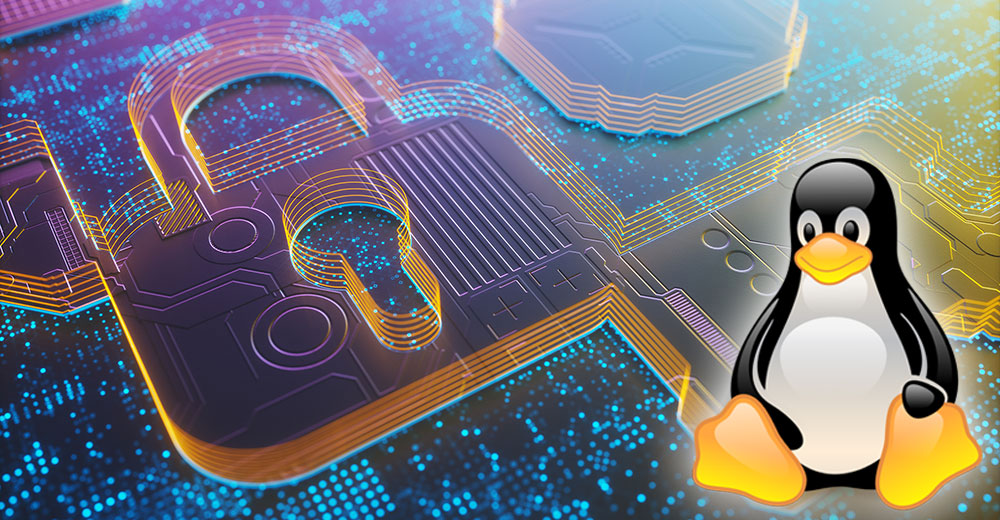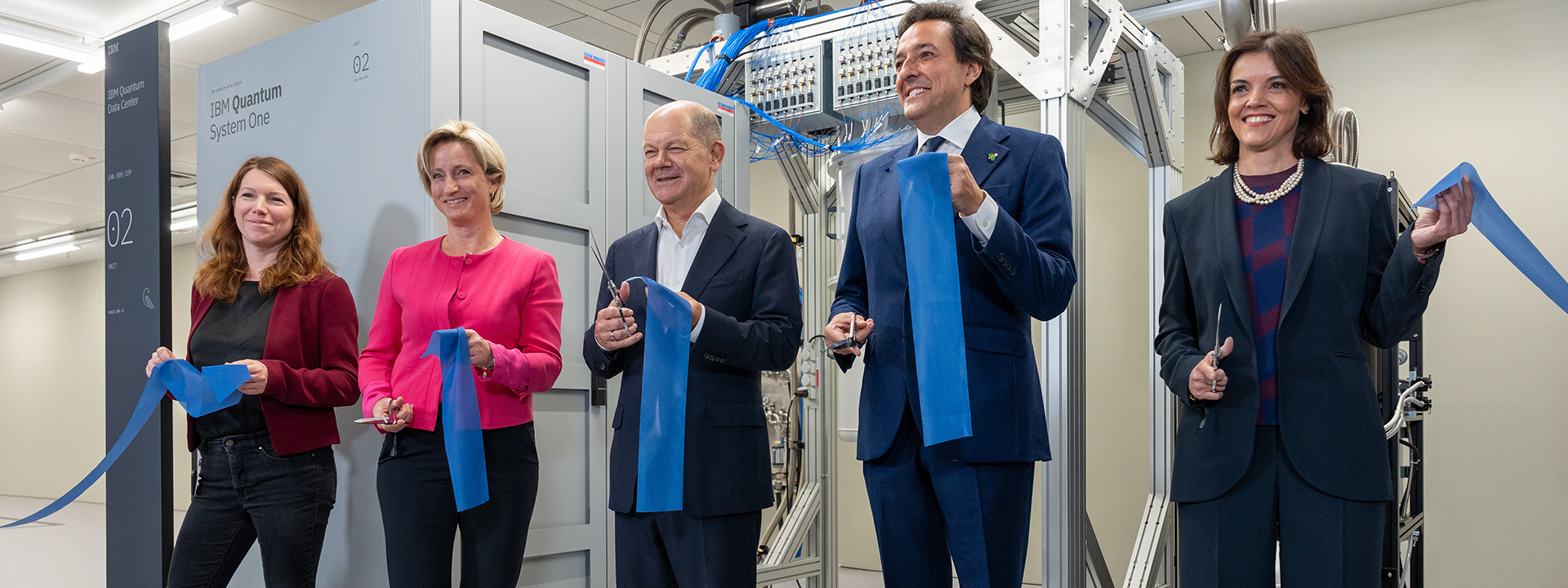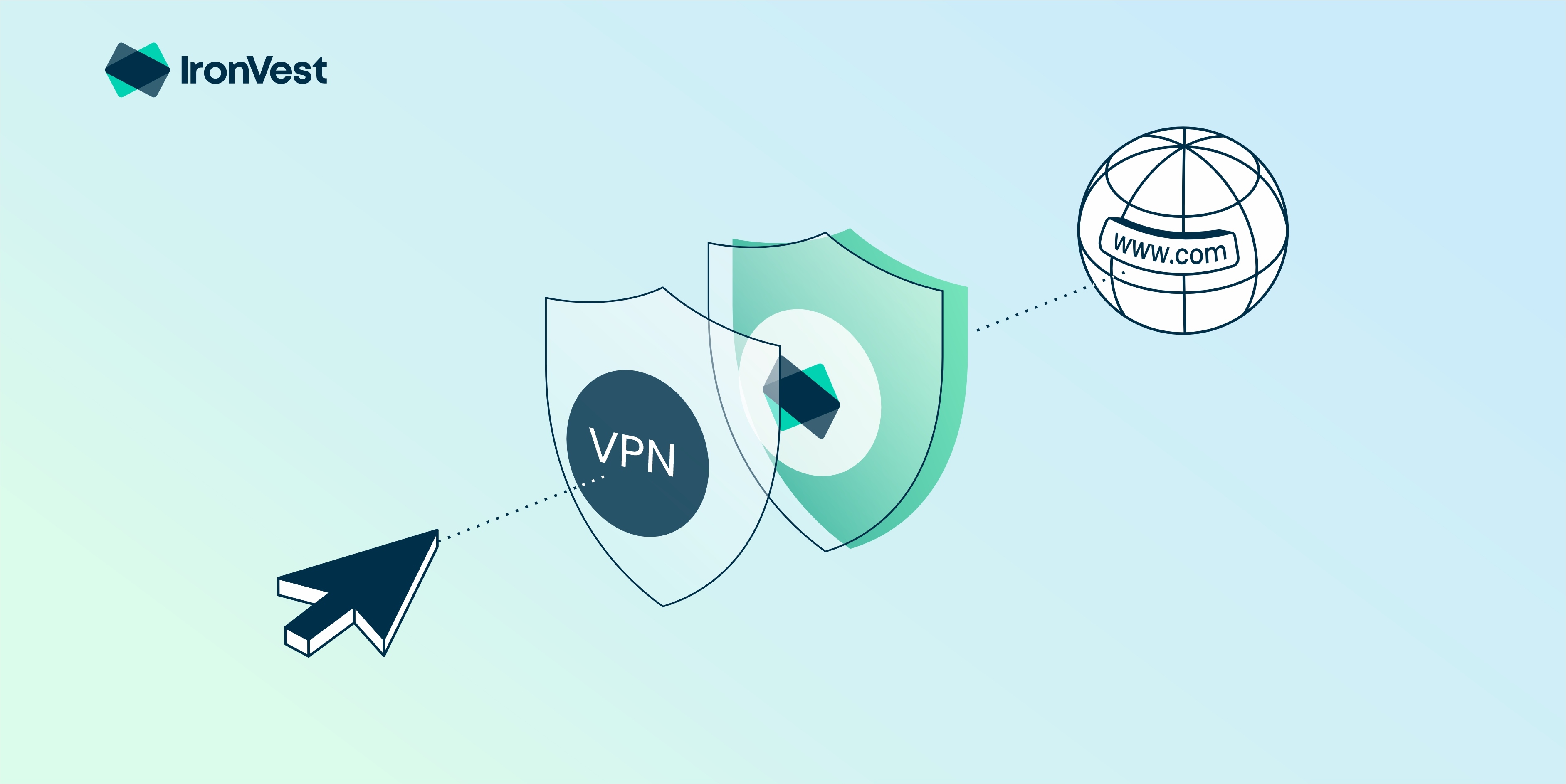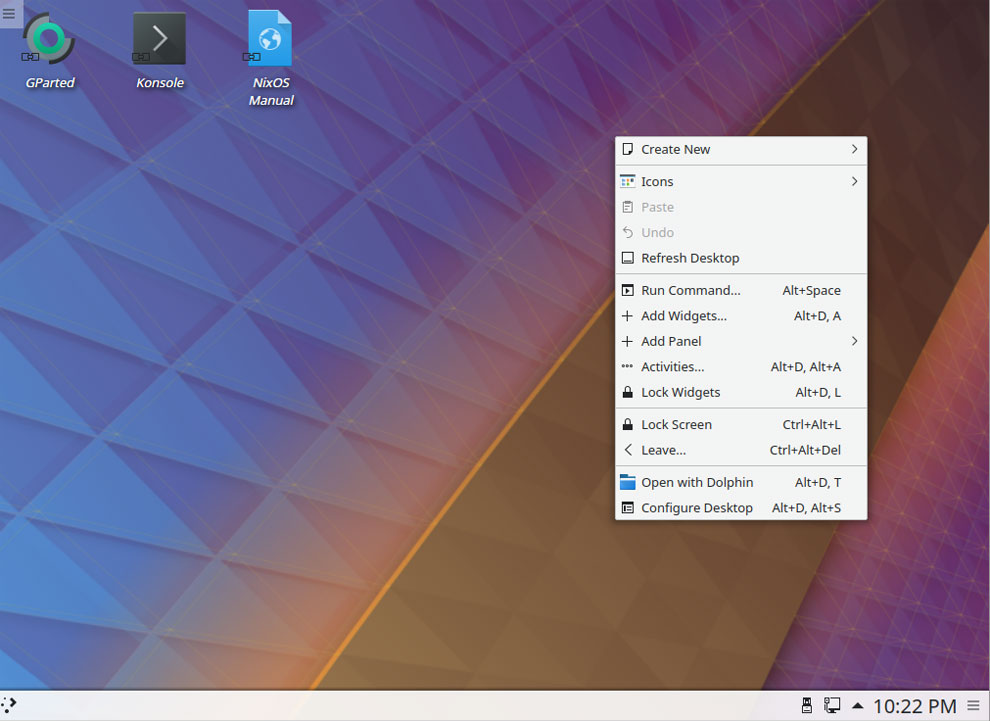
Linux: The Secure and User-Friendly Alternative
In the realm of cybersecurity, the choice of operating system plays a crucial role in safeguarding your digital life. As Cybersecurity Awareness Month unfolds, it’s time to delve into the world of desktop computer security and explore why Linux stands out as a beacon of security and reliability.
The Windows Vulnerability
Windows, once the dominant player in the operating system arena, has faced an onslaught of cybersecurity threats over the years. The proprietary nature of Windows made it a prime target for malicious actors, leading to a constant battle to patch vulnerabilities and protect user data. The familiarity of Windows also worked against it, as hackers exploited its weaknesses with increasing precision.
Linux: A Fortress of Security
Contrastingly, Linux emerges as a fortress of security in the digital landscape. With a structured permissions system, secure software installation via package managers, open-source code vetted by a vast community, and prompt vulnerability fixes, Linux offers a level of security that Windows struggles to match.
Personal Testimony
Having embraced Linux for nearly three decades, I have experienced firsthand the security and peace of mind it provides. With minimal security incidents and a vast array of free applications, Linux on the desktop has proven to be a reliable companion, free from the malware woes that plague other operating systems.
The Linux Advantage
Linux not only excels in security but also in user-friendliness and versatility. Its ability to breathe new life into older hardware, coupled with a plethora of user-friendly distributions like Ubuntu, Linux Mint, and Zorin OS, makes it an attractive choice for both novice users and tech enthusiasts.
Embracing the Future
As the digital landscape evolves, the choice of operating system becomes increasingly critical. By considering the security, reliability, and user-friendly nature of Linux, users can embark on a journey towards a more secure and efficient computing experience.
Conclusion
The second edition of the Linux Kernel Programming book by Kaiwan N. Billimoria stands as a testament to the depth and technical prowess of Linux. With a hands-on approach, in-depth explanations, and a focus on Linux kernel internals, this book serves as an invaluable resource for aspiring Linux developers.















